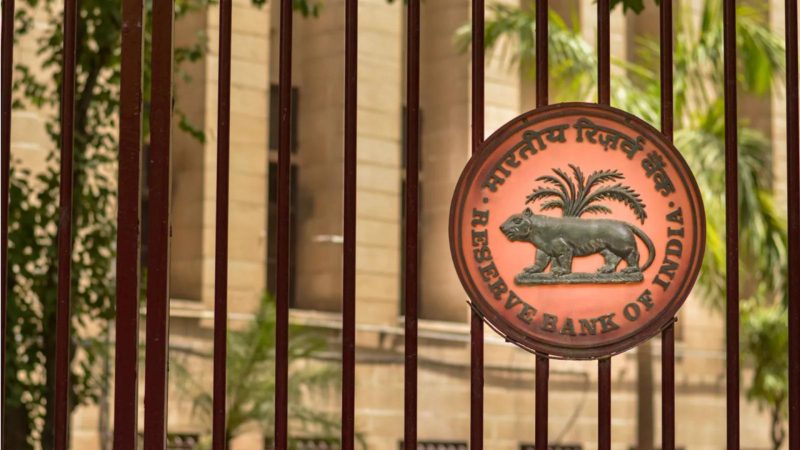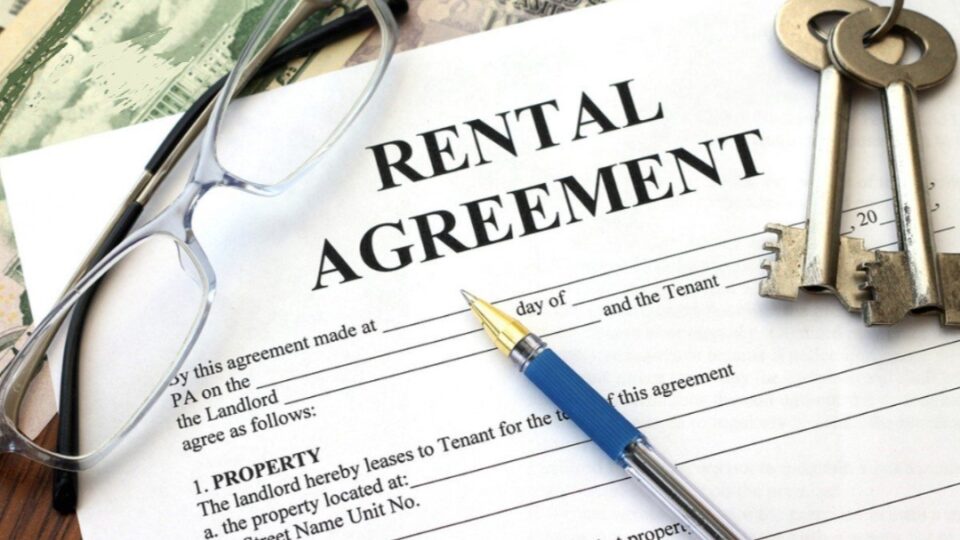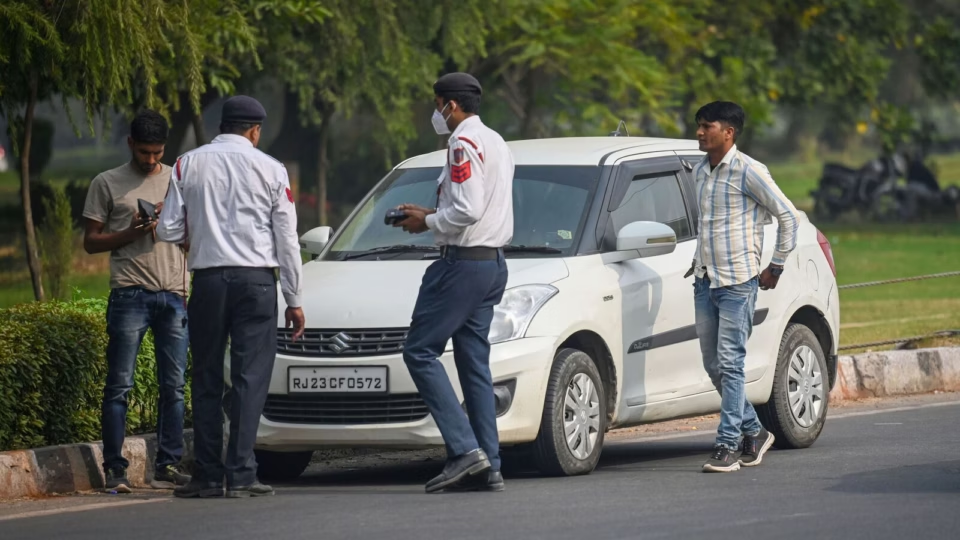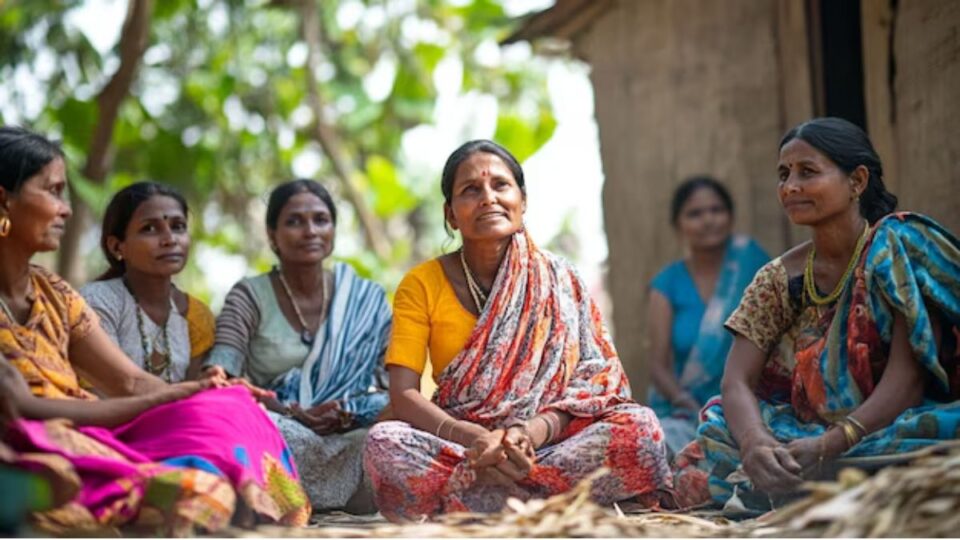
Banks are the safest option when you want to park your hard-earned money in some responsible hands. People expect to use this money at hard times as it also attracts an interest rate over the initial balance. But what will you do if your bank becomes bankrupt? When the captain of the ship abandons the deck then there is nothing you can do except banging your head against the wall. So, the only option is to check whether your bank is safe or not beforehand. For this you can take the help of a list released by RBI.

RBI’s List of Safest Banks in India
Earlier this year, RBI had released the list of Domestic Systemically Important Banks (D-SIBs) 2022. This list contains the most secure vaults of India where your money will be safe.
Is the state of Indian banks comparable to that of Silicon Valley Bank?
On January 2 of this year, the Reserve Bank of India (RBI) released a list indicating the safety of various banks. This list served to inform the public about the banks where their money is secure and those where it may be at risk. It is crucial to recognize that the failure of a significant bank in a country can have severe implications for the entire Indian economy, with the customers being the ones who bear the brunt of such consequences.
List of Banks
The list compiled by the Reserve Bank of India includes the names of one government and two private banks that are considered to be the safest. The government sector bank included in RBI’s list is the State Bank of India (SBI). Additionally, two private sector banks, namely HDFC Bank and ICICI Bank, are also listed. This means that even if your account is not with SBI but with HDFC Bank or ICICI Bank, you can rest assured that you will not encounter any issues.
Also read:
SBI SCO Recruitment 2023: Apply for 28 Specialist Cadre Officer Posts
Which Banks Have the Potential to Be in the List?
The banks included in RBI’s list are specifically those that are mandated to maintain an extra Common Equity Tier 1 (CET1) in addition to the regular capital conservation buffer. As per the guidelines provided by the RBI, the State Bank of India (SBI) is required to maintain an additional 0.6 percent of CET1 relative to its risk-weighted assets. Similarly, ICICI Bank and HDFC Bank are obligated to maintain an additional 0.2 percent.



